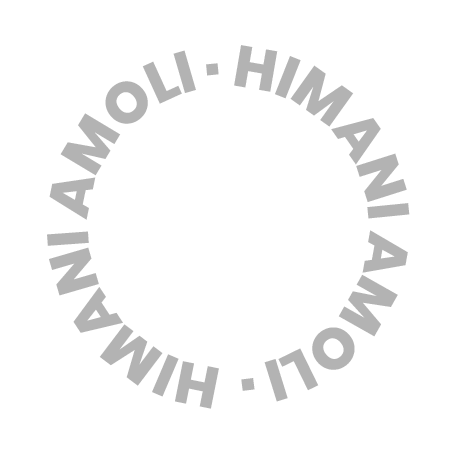Design Leadership at Instacart
When I started at Instacart, there were 6 of us on the design team. Now, we're a design team of 52. As a design leader at Instacart, I've had the opportunity to help define the product design function from the ground up. I've highlighted some of the work I've done to grow and manage the design org.
Defining a levels framework for product design
One of the first things I was tasked to do was create a Levels Framework for our design team. We had onboarded a group of talented designers but hadn't defined what it meant to design at Instacart and how to grow in the function. It was one of the scariest projects I've ever had to take on, but with the help of some mentors like Cap Watkins and Mia Blume, I was able to put my fears aside and provide a framework for the team to understand their performance and their growth. Just by the act of articulating the expectations from each level, it made me a better leader and allowed me to give more targeted feedback.
Overhauling the product design hiring process
When I joined Instacart, we were a team of 5 product designers. Since then, the team has grown to 30 product designers and in order for us to scale, we needed a standardized way to evaluate and hire great talent. I defined the interview process and created guides for various sessions that our team could use to run an interview and to evaluate candidates. Since then, we've iterated on the process twice and continue to update it to make sure it's an effective and equitable process.
Building our brand in the design community
After overhauling the hiring process, we started looking into our hiring funnel. One thing we noticed is that we had an employer brand issue. The design community didn't know much about the design team at Instacart. We wanted to make sure that the top of our recruiting funnel was healthy and in order for that to happen, we needed to do more. Our goal was simple - whenever a designer was thinking about which design teams are doing the most challenging and impactful work, Instacart would be at the top of their list. To solve that problem, I started the Instacart Design blog and focused on getting content that would showcase our work and our team. The Instacart Design blog is a great resource for candidates to learn more about the work we do. It’s helped highlight the complex problems we tackle and has raised awareness of our work in the design community. It’s become a key asset for our recruiting team to widen the funnel while reaching out to potential candidates.
Raising the bar the quality of our work
Raising the quality of our work required a multi-pronged approach.
Design Critiques
I introduced regular 1.5 hr design critiques twice a week for the team. The goal was to have an avenue to get regular feedback from the design team and get everyone in the habit of sharing their work. Sharing early and often allowed designers to course correct in a timely manner and also allowed them practice articulating their design rationale so they were prepared when they had to present in product reviews with leadership. Even the best work doesn't always speak for itself. Critiques not only help improve the work but also help designers become great at articulating the what and whys of their work. Lastly, critiques allowed designers to learn from each other and brought visibility into the work that was happening across teams.
Design Documentation
As organizations scale, we must find new ways of operating that are more efficient. As new designers joined the team, we realized that getting handed Sketch files without any context assumed that the new designers already understood the problem and constraints. This lead to confusion which then lead to lots of time spent in meetings going over past decisions. Handing over design files didn't demonstrate the fidelity of thinking behind the designs which meant that the new designer might end up spinning their wheels doing the same work in order to get to a similar conclusion. I established a process that helped designers chronologically document their design decisions which resulted in an artifact that could be used by anyone to understand how we landed where we did on a project. This also brought a lot of transparency to the design process which resulted in an increase in the trust between design and its XFN partners.
Defining the Instacart Process
When working on how to onboard new designers to our team, we realized that we hadn't clearly defined what it is to be a designer at Instacart. This lead us down the path of documenting and articulating the design process that we follow at Instacart. As design is only one part of the whole product development process, following this exercise, we brought in product, research, data science and engineering to define best practices for working together at Instacart.
